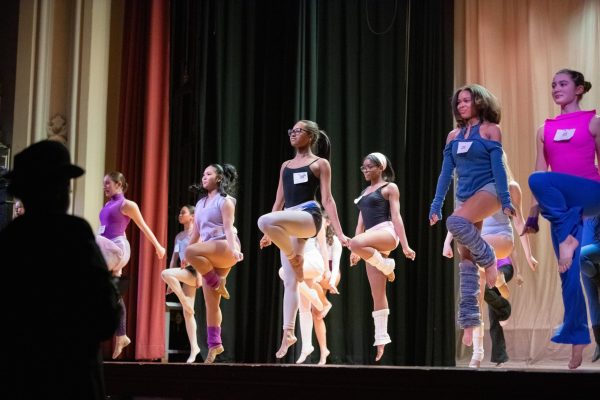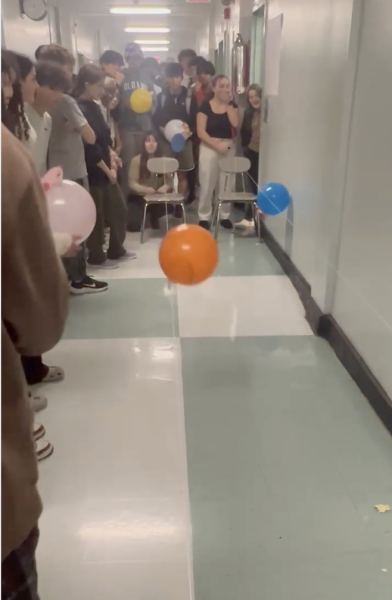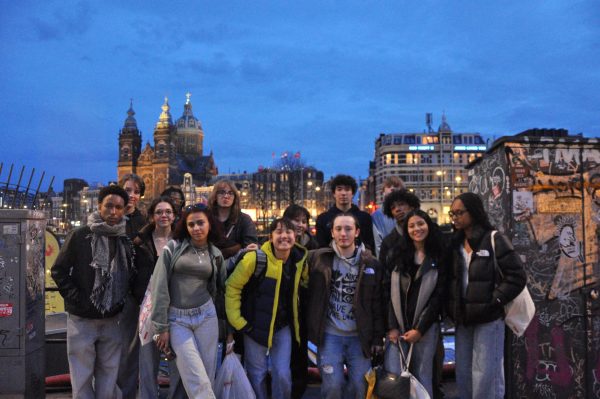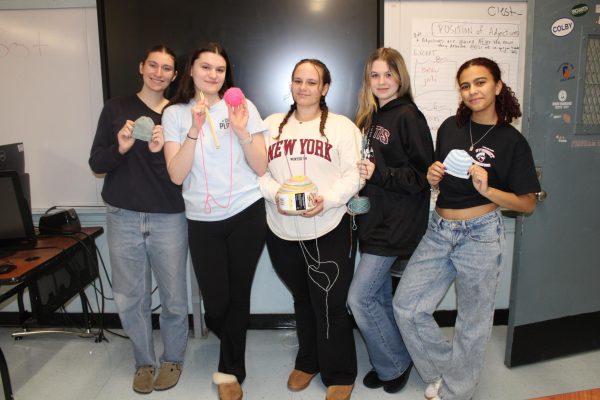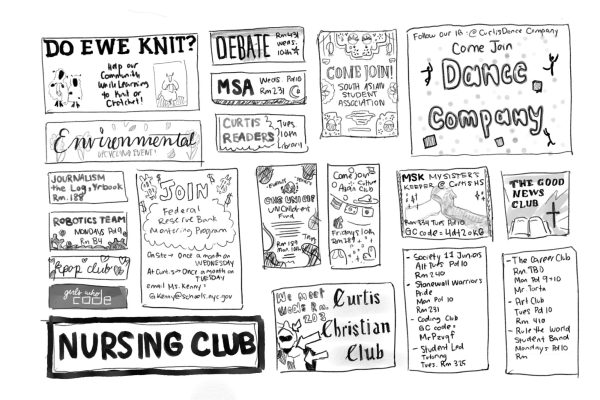When I Get Home by Solange delivers a meaningful message
Released on March 1st, 2019, When I Get Home is Solange Knowles’ (artistically known as Solange) fourth album release. She recruited many well-known artists to be both features on the album and producers of it. The likes of Pharrell, Playboi Carti, Gucci Mane, Panda Bear, Tyler, The Creator, Earl Sweatshirt, Metro Boomin, and Scarface are among the most notable. Solange says the album is a love letter to her hometown of Houston. She worked on the album there, as well as in New Orleans, Jamaica, and the Topanga Canyon. In an interview with the New York Time Style Mag, Solange said this about When I Get Home: “There is a lot of jazz at the core… But with electronic and hip-hop drum and bass because I want it to bang and make your trunk rattle.” As a companion to the album, Solange released a 33-minute film to Apple Music, which was also shown at nine local venues in Houston.
Right away, the jazz and ambient influences are very apparent in each song. The first track, “Things I Imagined,” is driven by piano and Solange’s dreamy vocals. The lyrics are repeated over and over again. She has said that this lyric style is influenced by Stevie Wonder’s album The Secret Life of Plants. The effect creates an ambient, cool song. This trend continues in the next four tracks. Spliced between full-length song are interludes, which include samples of TV shows, poems, and Youtube videos. Songs like “Way to the Show” and “Down with the Clique” are funk influenced and base their sound around the bass, played on synthesizers. “Can I Hold the Mic” ends with an interesting piece of spoken word from Solange, in which she dives into her identity, and the very human realization that it cannot be represented by a singular object or idea. This spoken word clues in listeners to Solange’s message and idea for the album.
Tracks six through twelve kick off with “Stay Flo,” which signifies a change in the music. The next six tracks are more hip-hop influenced, especially by the Houston style of “chopped and skewed” trap. The songs use deep bass and drum machines to accentuate this style. Songs like “Almeda” and “Dreams” have lower register instruments which contrast with Solange’s higher voice. The song “Almeda” is arguably the album’s entire identity. Named after an area in Houston, the song focuses on black culture. Solange emphasizes that even through all the hardships black culture will thrive (“Black faith still can’t be washed away/Not even in that Florida water”).
Tracks thirteen through nineteen wind down the album. They are less intense, more jazz and R&B. The two standout songs from the end of the album are “Binz” and “Sound of Rain.” They have an interesting sound, using unique distortions of the instruments. The last song on When I Get Home is “I’m a Witness.” Here listener see Solange in a vulnerable place. She is reflecting on herself. She is willing herself to be what she needs to be. And with the final line of “Takin’ on the light,” the album is done, tied up in a neat bow. Solange’s message of self-importance, tradition, and culture is delivered.


